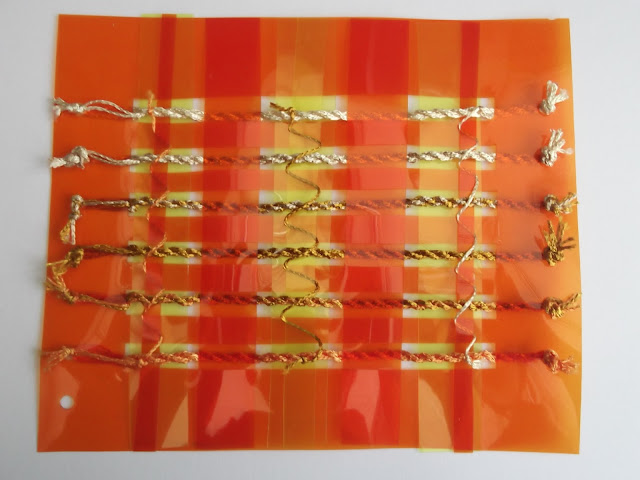Looking into Anniken Amundsen as part of the research point for this course, I have found myself looking up pictures of cells under the microscope.
There's something really amazing about them, not least because although they are so tiny, they are still all different from each other.
I am drawn to this kind of image - lots of similar but different things in ranks. Don't know why!
Here is another photo of cells, this time packed more solidly together - I think they must be plant cells.
Again, the repeating pattern and the variations within appealed to me, and drawing them in bright colours seemed appropriate.
I starting finding myself wanting to make something like it, with empty spaces, but in 3D.
Or as pattern on the flat, with embroidery and buttons or something punchy for the nuclei.
Lots of potential here for developing it into something I could make.

Another weird and wonderful organic image - this one was a sketch I made at the Natural History Museum.
'Sea lilies' were actually animals rather than plants, and there is a large fossilised bed of them off the front hall of the museum.
What appeals to me? The complexity and the visible movement of it in the water (which my sketch doesn't do justice to).
More drawing practice needed. And more time.
This picture from Marie Claire magazine appealed to me because of the textures and light on the skirt.
I think it looks like waves in the ocean during a storm.
This attempt to capture the feeling was made with cut paper and chalk.
This is a flight of fancy that took me after I made one of the weaving samples. I was thinking that one of them looked like the nest of a weaver bird, and that the eggs and chicks would be safe inside it.
Weaver birds often nest with a whole flock of them on the same tree, and I thought I'd try to draw lots of them in one clump like a bunch of grapes or something.
Hanging there they look like slippers or primitive boats hanging up to dry.
This one started out as a painting of a rose, and ended up as an improving poster!
Made with drawing inks.
From my theme book:
 |
| Cicada and colour exercise. Acrylic paints, some of them metallic because of the iridescence. |
 |
| I tried out repeated patterns from the cicada picture. |
 |
| I liked the repeating heads, so tried them the other way up, with different coloured eyes. The rest of the page is and exploration of different ideas to represent the sound that cicadas make. |
 |
| This was a row of trees against the sky that made me think I want something of the same curve and featheryness if I end up making a collar. |
The more I do in my sketchbooks the more ideas pop into my head. I keep remembering the tutor's comment that I shouldn't decide too soon. Great advice.































